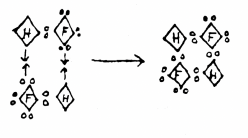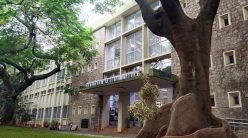“He was a man who devoted his life to developing new areas and institutions of science and technology”
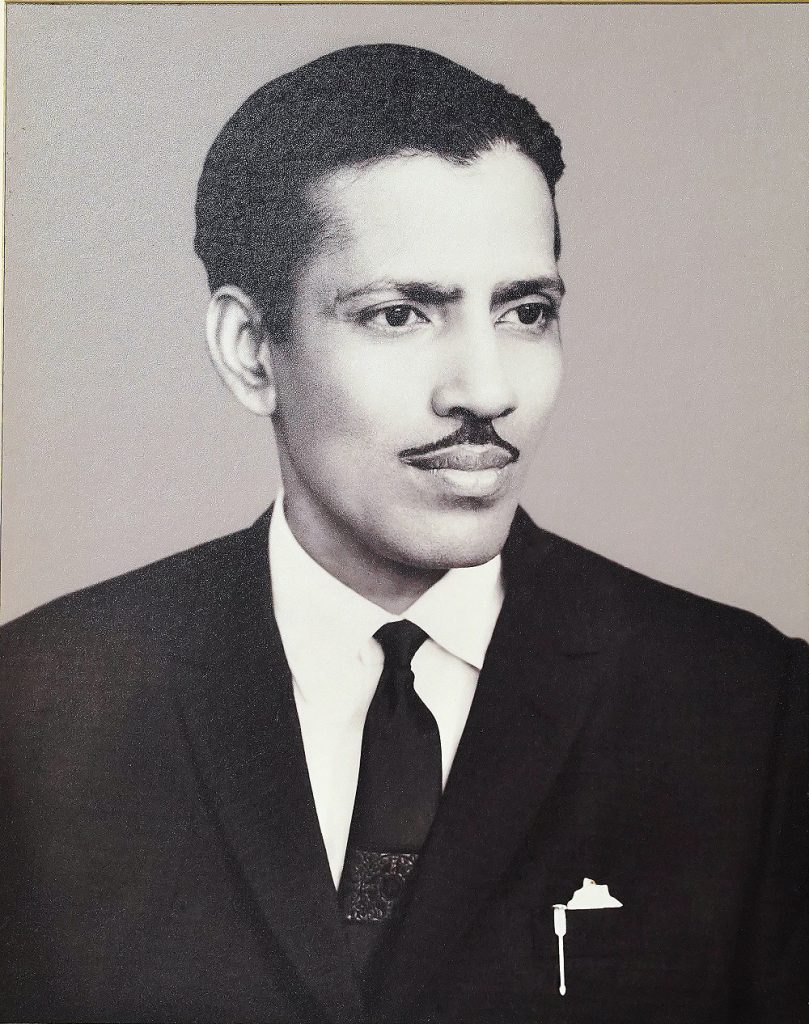
In 1966, when Arkal Shenoy travelled to the US to join a PhD programme at the Georgia Institute of Technology, after completing his Master’s from the Department of Mechanical Engineering (ME) at IISc, he didn’t have his degree certificate with him. “In those days, you would get your degree certificate in the mail after six months,” he says. But to his dismay, the Registrar at Georgia Tech refused to let him join the programme without it. Arkal was 9,000 miles away from home, at a time when there were no mobile phones or the internet, and had been banking on his promised PhD scholarship. “The Registrar then asked me to join their undergraduate senior year and complete one semester, by which time I would get my degree certificate. But I couldn’t afford to stay there; I didn’t have any money.”
Arkal then met with the Dean of Graduate Studies and explained his dilemma. The only documents he had were his course lists and marksheets, a letter from Satish Dhawan, the then Director of IISc, and a letter from Arcot Ramachandran, the head of ME under whom he had studied. To his surprise and relief, the Dean recognised Ramachandran right away, having worked at Purdue University around the same time Ramachandran had done his PhD there. “From that point on, there was no discussion about my degree certificate. He said to me, ‘If you are one of Ram’s students, I don’t need any degree certificate,’” says Arkal. “It gives you a flavour for how well-respected he [Ramachandran] was.”
A towering figure in the field of heat transfer, Ramachandran played a key role in shaping ME in its early years. During his time at IISc, he started important lines of research on heat transfer and thermodynamics, and introduced new courses of relevance to the industry.
Former students of Ramachandran also remember him as someone who went out of his way to help and mentor them, and efficiently juggled his research and administrative responsibilities. He was passionate about building new institutions and programmes. After he left IISc in 1967, he went on to lead IIT Madras, the Government of India’s Department of Science and Technology (DST) and the United Nations Centre for Human Settlements, where his ideas birthed new policies, centres and ministries.
“He was always deeply committed to his work, an exceptionally capable person, a good administrator, and a good academic,” says J Gururaja, a former student.
Ramachandran as a researcher
Ramachandran was born in Madras (now Chennai) in 1923. His father, Arcot Lakshmanaswami Mudaliar and uncle, Arcot Ramaswami Mudaliar – identical twins – were both highly accomplished. The former was a renowned gynaecologist and the longest-serving Vice Chancellor of Madras University, while the latter was a reputed lawyer, politician and the last Dewan of Mysore.
After completing a bachelor’s degree from Madras University in 1943, Ramachandran went to Purdue University to pursue his Master’s and PhD, and subsequently a postdoctoral stint at Columbia University. In 1950, he came to IISc and joined the ME section of the Department of Power Engineering as an assistant professor. He was soon promoted to its head.
One of the first things that Ramachandran did was set up a heat transfer lab – the first in the country, according to a souvenir publication commemorating the ME Golden Jubilee in 1995. “At that time … very little research work was being done in India in the field of heat transfer,” writes former student and faculty member MV Krishna Murthy in Current Science.
One of the first things that Ramachandran did was set up a heat transfer lab – the first in the country
Ramachandran’s early research focused on problems such as measuring the temperature of hot gas streams and studying the influence of vibrating and rotating surfaces on heat transfer. A wind tunnel was built from scratch in the central workshop and used for investigations of heat transfer between plane surfaces and flowing air. Foundry engineering was another area of interest; he collaborated with former faculty member MR Seshadri to study the influence of mould materials on the mechanical properties and microstructure of metals. He was also keenly interested in the application of heat transfer in nuclear power production; he introduced a course on nuclear engineering at ME and invited experts to give lectures on campus.
“He conducted extensive research on heat transfer problems related to production technology such as solidification, and thermal properties and characteristics of metals and non-metals as well, which helped him gain international recognition,” Krishna Murthy writes.
Teacher and mentor
Ramachandran had many distinguishing qualities that endeared him to his students.
“His classes were very enjoyable,” says former student and faculty member TS Mruthyunjaya. Ramachandran was quite well-versed in the subjects and could teach them without referring to a book or notes, Mruthyunjaya adds. “He would move around the class, addressing each student by name and asking them questions. Nobody could doze off.”
Ramachandran was also decisive, Gururaja points out. When he was admitted to IISc, Gururaja was undecided about which branch to select: aeronautics or mechanical. After hearing about Ramachandran’s approachable nature, he walked into the head’s office directly and told him that he was planning to join ME only if he received a scholarship. Ramachandran immediately replied that he would definitely get a scholarship, and asked him to join the very next day. “That was his style. He was very quick at making up his mind.”
Every day, Gururaja recalls, Ramachandran’s wife would drive him down to the campus and drop him off at ME. “He had a very fast stride. He would come to the lab first, not go to his office. If there was any researcher working on something, he would sit down with them, talk to them and try to find out what and how they were doing.”
Ramachandran also took pains to remember his students’ names. “When we applied to the department, we had to submit our photographs. I was told that he used to keep those photographs with him and link the face to the name. And as soon as you entered his chamber, he would shout out your name. We would be amazed,” recalls Mruthyunjaya.
Ramachandran took pains to remember his students’ names
Over the years he spent at ME, Ramachandran cultivated extensive connections that helped him procure vital equipment and facilities for the Department. In one instance, S Kasturi, another former student, needed some stainless steel sheets to manufacture trapezoidal ducts for experiments on laminar and turbulent fluid flow. “They were not available at that time in the whole of India, except at HAL,” Kasturi recalls. “Prof Ramachandran was very helpful; he contacted the Director of HAL and procured all the material.”
Kasturi recounts how Ramachandran gave students complete freedom to pick their own research topics and pursue them. He would also ask students pointed questions to nudge them in the right direction, according to Arkal. “His way of teaching was not to tell you, but to ask you: Why are you doing this? How are you going about doing this? What are the applications of the work that you are doing?”
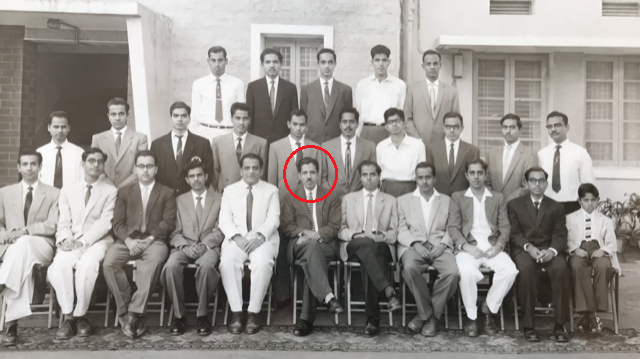
It was during Ramachandran’s tenure that a full-fledged thermal power station was set up on campus – on a “war footing”, according to the souvenir – to give ME students real-life experience in operating and maintaining a power plant. He was also keen on setting up a similar small-scale nuclear reactor on campus, adds Gururaja, but that did not materialise.
Apart from serving as the head of ME, Ramachandran was also appointed the Dean of the Engineering Faculty in 1961 and later the professor-in-charge of a newly established Department of Industrial Management in 1965. His leadership skills made him well-respected across campus, his students say.
“We were thinking that he might become the Director of the Institute,” says Gururaja. However, Satish Dhawan, who was a Professor in the Department of Aeronautical Engineering, was appointed instead. His appointment wasn’t without controversy; some senior faculty members allegedly protested that he was too young and inexperienced. “Dr Dhawan was an exceptionally capable person, articulate, charismatic,” says Gururaja. “So whatever rumbling was there, it sort of [died] down very quickly.”
Ramachandran, for
his part, remained neutral to these rumblings. “I knew that he would go higher
up one day … that his services would be called upon for bigger things,” adds
Gururaja.
Within a few years, Ramachandran was called away to become the next Director of IIT Madras, and left IISc in 1967.
Building institutions
During the five years that Ramachandran spent at IIT Madras, he was “directly responsible for its growth as a leading research institution,” writes Krishna Murthy. “In the field of heat transfer, a new school of research was established by him at IIT-M. This school is now a recognised centre of excellence for research in heat transfer problems related to food processing, fluidised bed combustion, and passive and active solar thermal systems.” Ramachandran was also instrumental in helping IIT Madras secure an IBM 370, one of the most powerful computers in the country at that time.
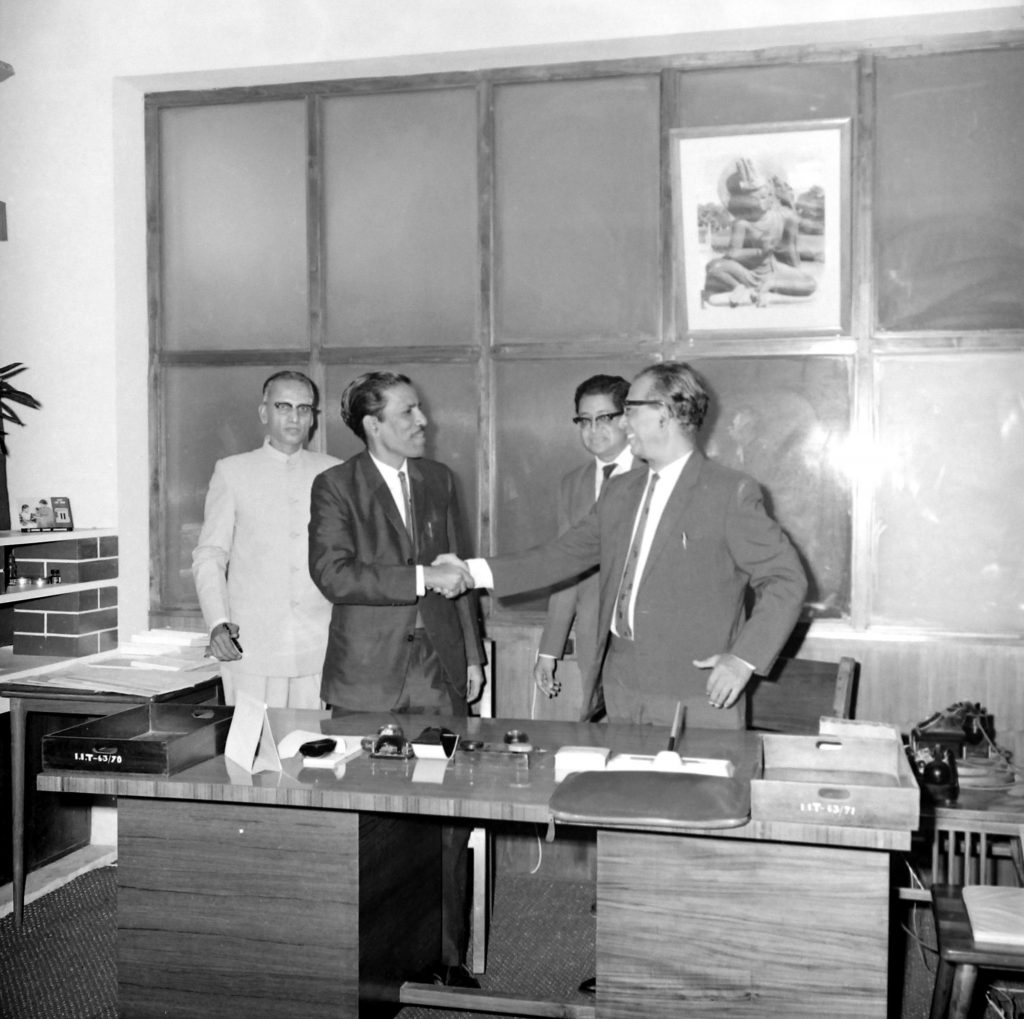
In 1973, the Government of India decided to establish a new Department of Science and Technology (DST) and tapped him as its first Secretary. He also served as the Director General of the Council of Scientific and Industrial Research (CSIR).
At DST, Ramachandran was tasked with chalking out the country’s first Science and Technology plan. He played a key role in constituting the National Committee on Science and Technology and in bringing out the National Technology Policy Statement. He also launched national R&D initiatives related to the environment, ocean science and technology, biotechnology and remote sensing. His long-term interest in energy led him to institute a national R&D programme in new energy sources. “These activities and the programmes that he created blossomed into departments and ministries,” says Gururaja, who was recruited by Ramachandran to DST and became the first director of the renewable energy programme.
At DST, Ramachandran was tasked with chalking out the country’s first Science and Technology plan
Ramachandran was particularly interested in solar energy. “Under his leadership, solar energy research, demonstration and application became the mantra of the new energy sources programme of DST,” says Gururaja. “His personal interest in energy research and development played a catalytic role in mobilising the active participation of academic institutions, CSIR national laboratories and public sector industries to combine their efforts and harness solar energy in a major way for the benefit of the country.” During his tenure, a major conference called the International Solar Energy Congress was held in Delhi in 1978, which was attended by participants from about 63 countries. “This placed India as a prominent player on the world solar energy map,” Gururaja adds.
Ramachandran did not stay at DST for very long; he soon had a higher calling. In 1978, he became the Under-Secretary General and Executive Director of the newly established United Nations Centre for Human Settlements, headquartered in Nairobi. There, he proposed the idea of a World Habitat Day to raise awareness about affordable and adequate shelter. A Sustainable Cities Programme and a Global Strategy for Shelter were also launched.
At the UN, Ramachandran advocated an integrated approach to human settlements, using indigenous natural resources for construction, and involving local residents in building shelters. In a recorded interview from 1991, for example, he explains that governments must not fixate on building houses for all citizens by themselves. “They must become enablers and facilitate people to help themselves. This means a change of attitude of public sector officials and local authorities to involve the people, community-based groups and NGOs in the implementation of projects.”
Wherever he went – IIT, DST or the UN – he would handpick competent people, take them along with him to the new place and give them full freedom to build and develop things, says Gururaja.
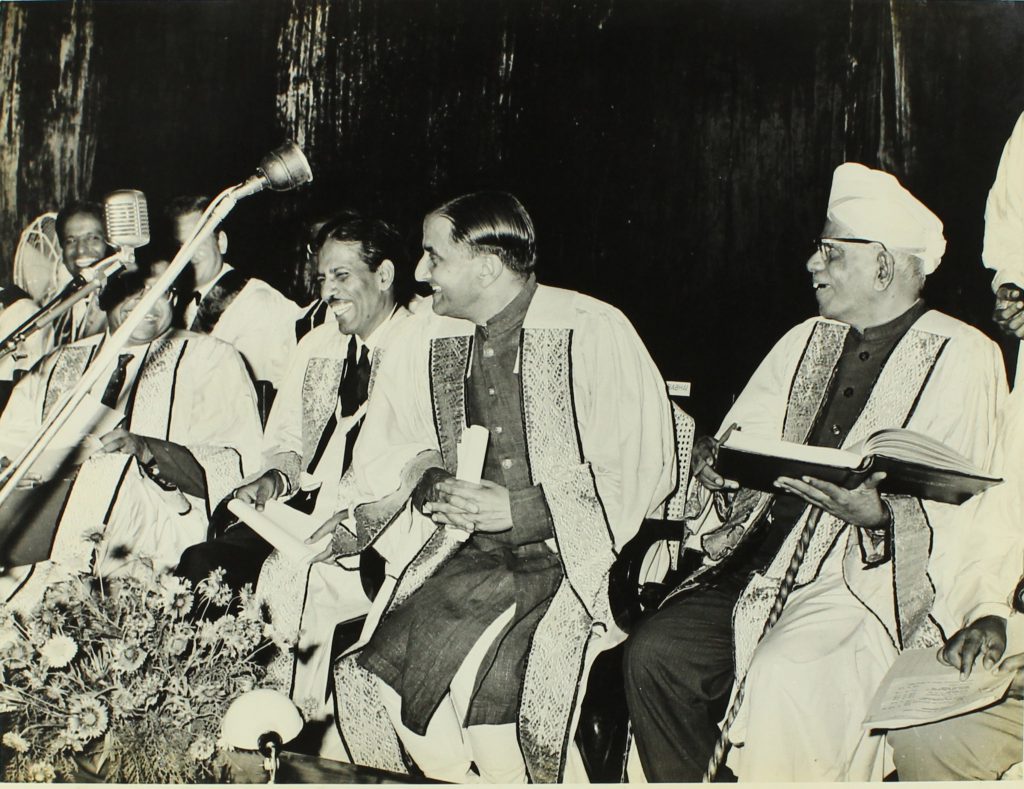
(Photo: C Gourishankar/IIT Madras Heritage Centre)
Ramachandran retired from the UN in 1993 and returned to Bangalore. In 2003, the Government of India conferred on him the Padma Bhushan, India’s third highest civilian award. In 2013, a new auditorium in ME named after him was inaugurated. He passed away at his home on 17 May 2018.
“He was a man who devoted his life to developing new areas and institutions of science and technology, and encouraging young people to really come out with their best talent,” says Gururaja. “He was a builder of people, institutions and programmes. That is his legacy.”
With input from Connect Staff
For more stories on the Department of Mechanical Engineering, please click on the links below:
Making Things Work: 75 Years of Mechanical Engineering


